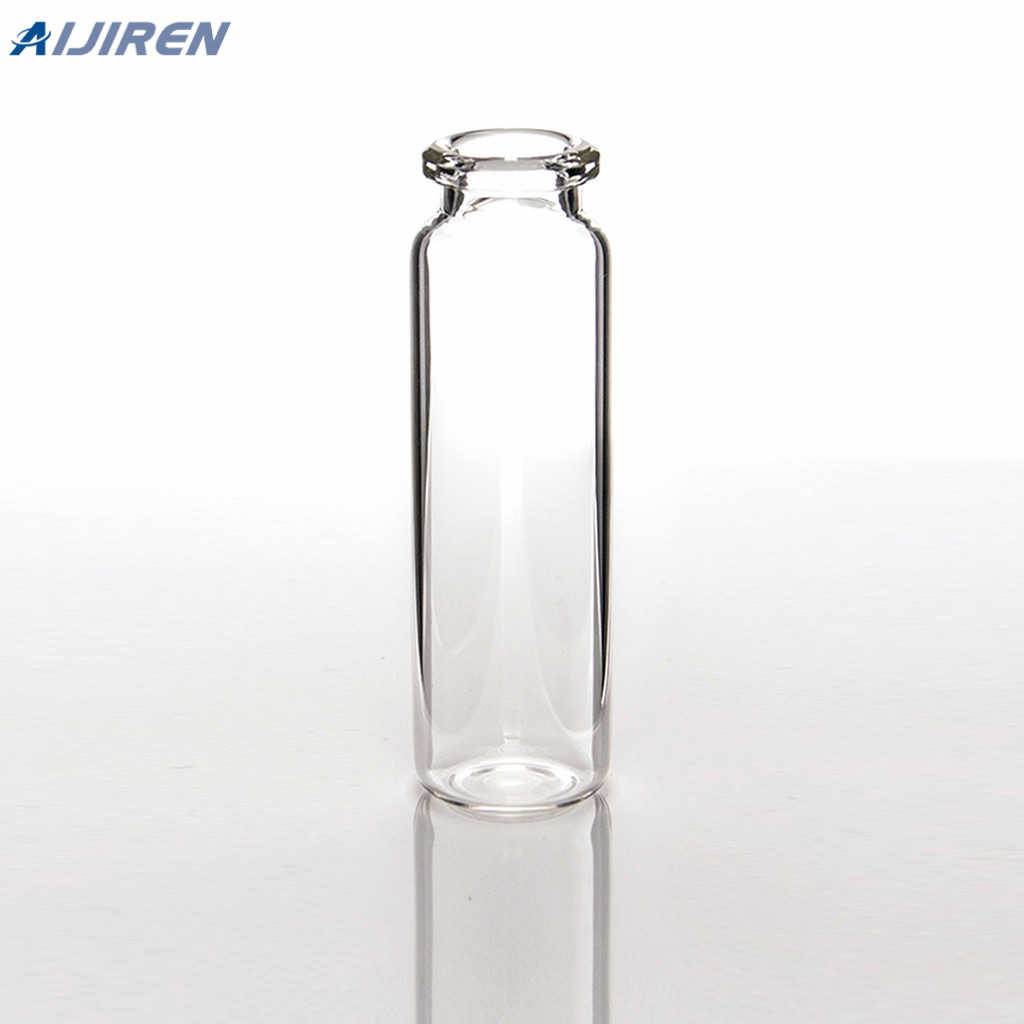

网页2018/07/12 · Mixed cellulose esters. These filters include cellulose acetate and cellulose nitrate. They're highly porous, pure, and have a quick wetting time. These are standard membrane filters used for different applications in laboratories such as air monitoring, contamination analysis, microbiology, and sterilization of biological fluids.
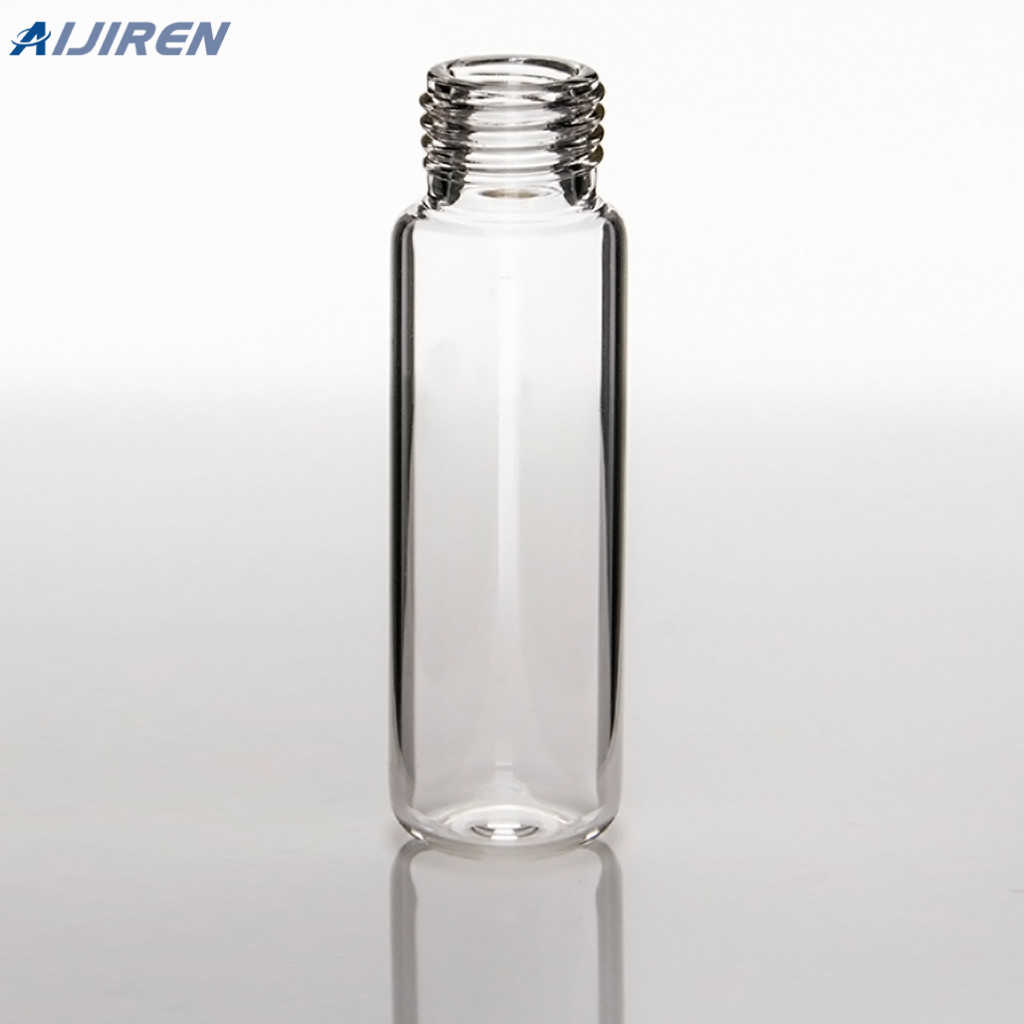
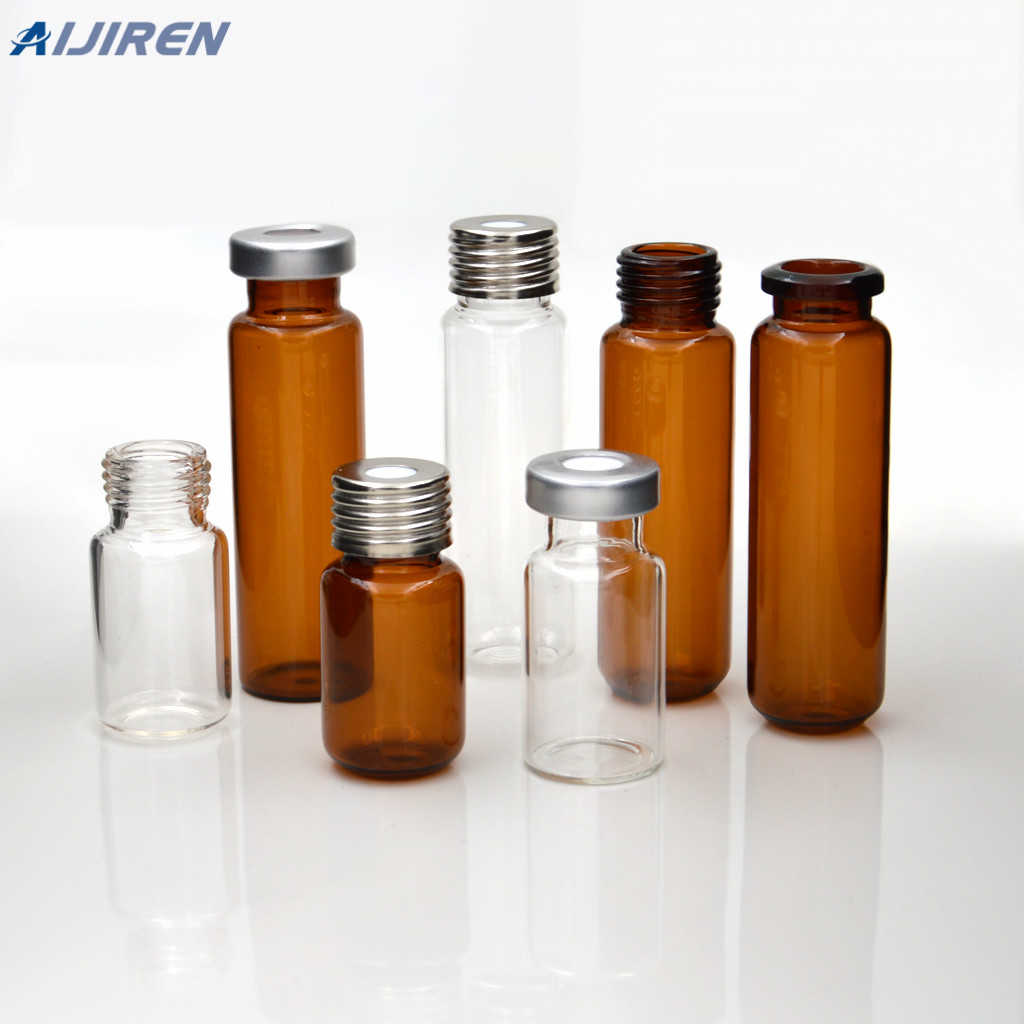
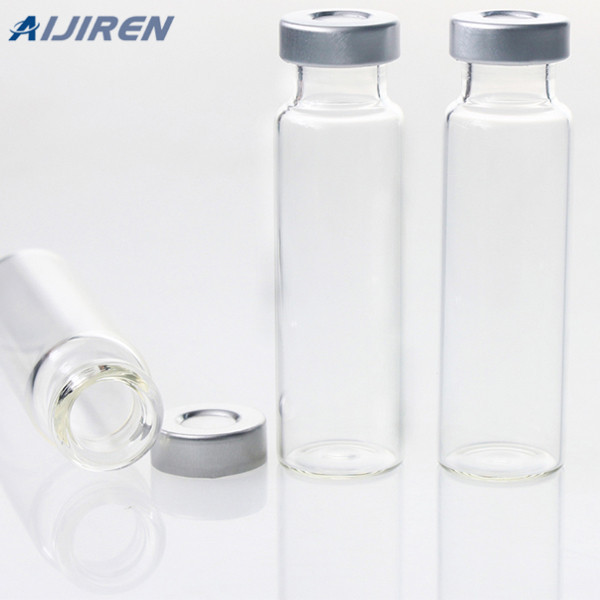
网页1 offer from $17.99. #19. Nylon Membrane Filters - Membrane Disc Filter,Diameter 47 mm Pore Size 0.22μm (Pack of 100) 1 offer from $32.73. #20. LabExact 025 Grade 934AH Glass Microfiber Filter, Binderless Borosilicate Glass, 1.5µm, 2.4cm (Pack of
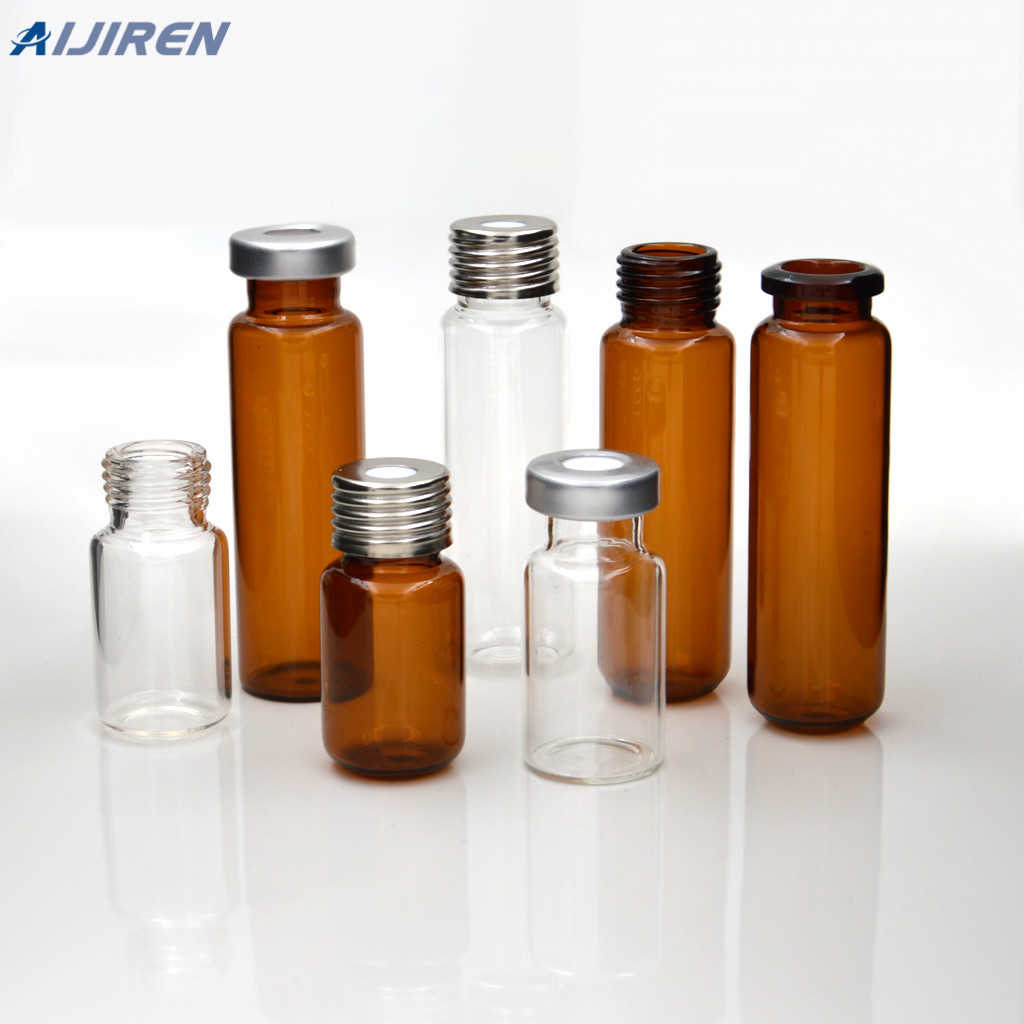
网页2018/10/28 · Membrane Filter Production and Use. Membrane filters can be manufactured using flatbed or rotary die cutting, high-speed punching, and kiss cutting. Plus, they can be supplied on rolls or sheets with or without an adhesive backing. Membrane filter diameters range from 0.25” to 60” with tolerances of 0.005″. Depending on the membrane

网页2022/05/26 · Uses of Membrane Filter (MF) Technique It is used to analyze a series of dilutions of water samples collected upstream and downstream from an outlet of a sewage treatment plant. EPA-approved guidelines for the determination of fecal contaminating organisms (EPA Method 1103.1) are routinely utilized worldwide to examine water

网页2021/10/12 · The membrane is a physical obstruction that, depending on its physical and/or chemical properties, allows certain compounds to pass through the membrane. So membrane filtration is a physical procedure for particle separation of particles by means of semi-permeable membranes. Membrane filtration is a rapidly expanding field in water
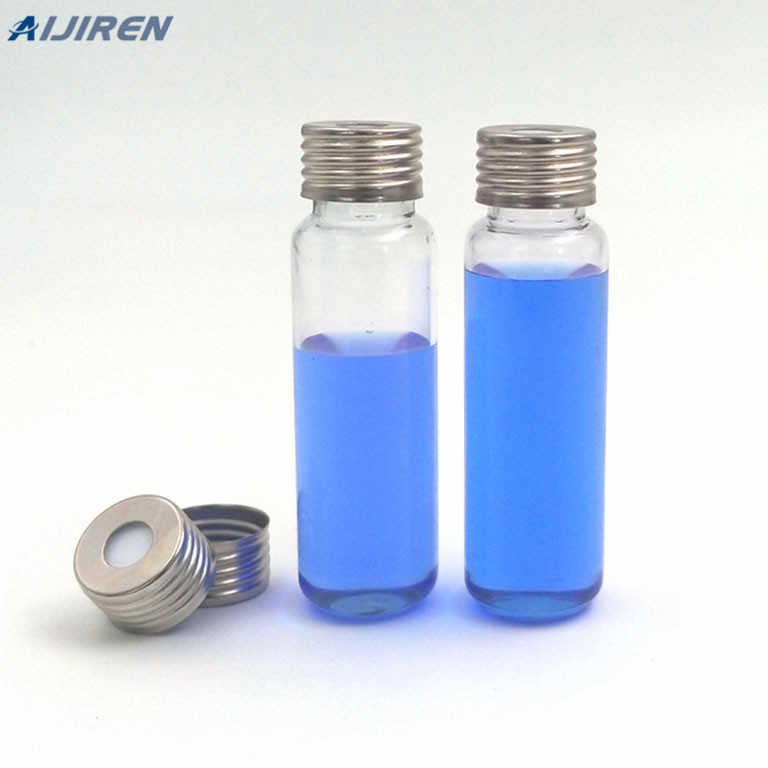


网页If the membrane does not have a substrate, it is bio-directional and either side can be used as the inlet. If it has a substrate, the substrate layer will be more coarse and ridged than the membrane side. The membrane side would be the inlet and the coarse substrate side the outlet. The solvent should enter the inlet side of the membrane first.
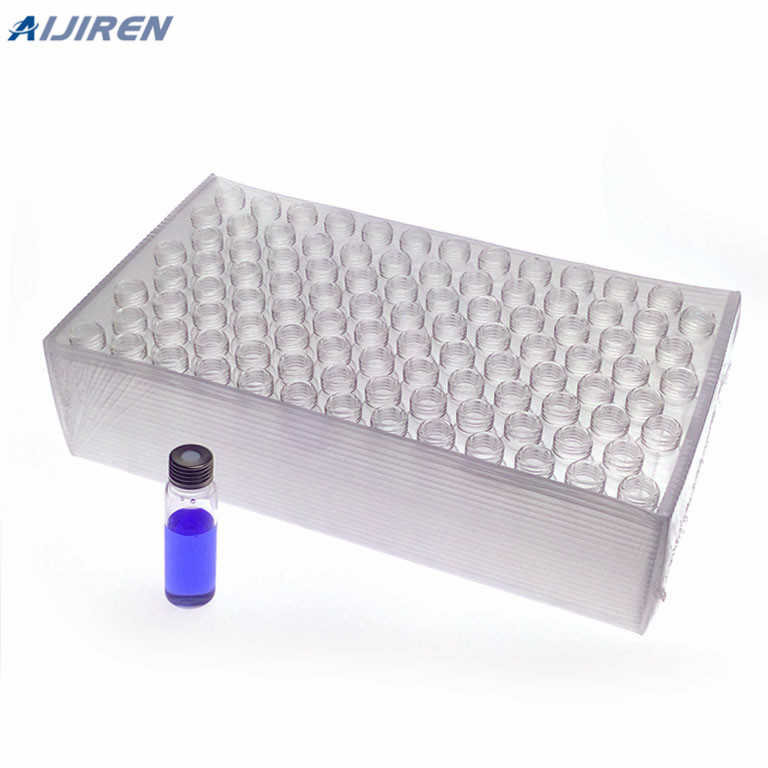

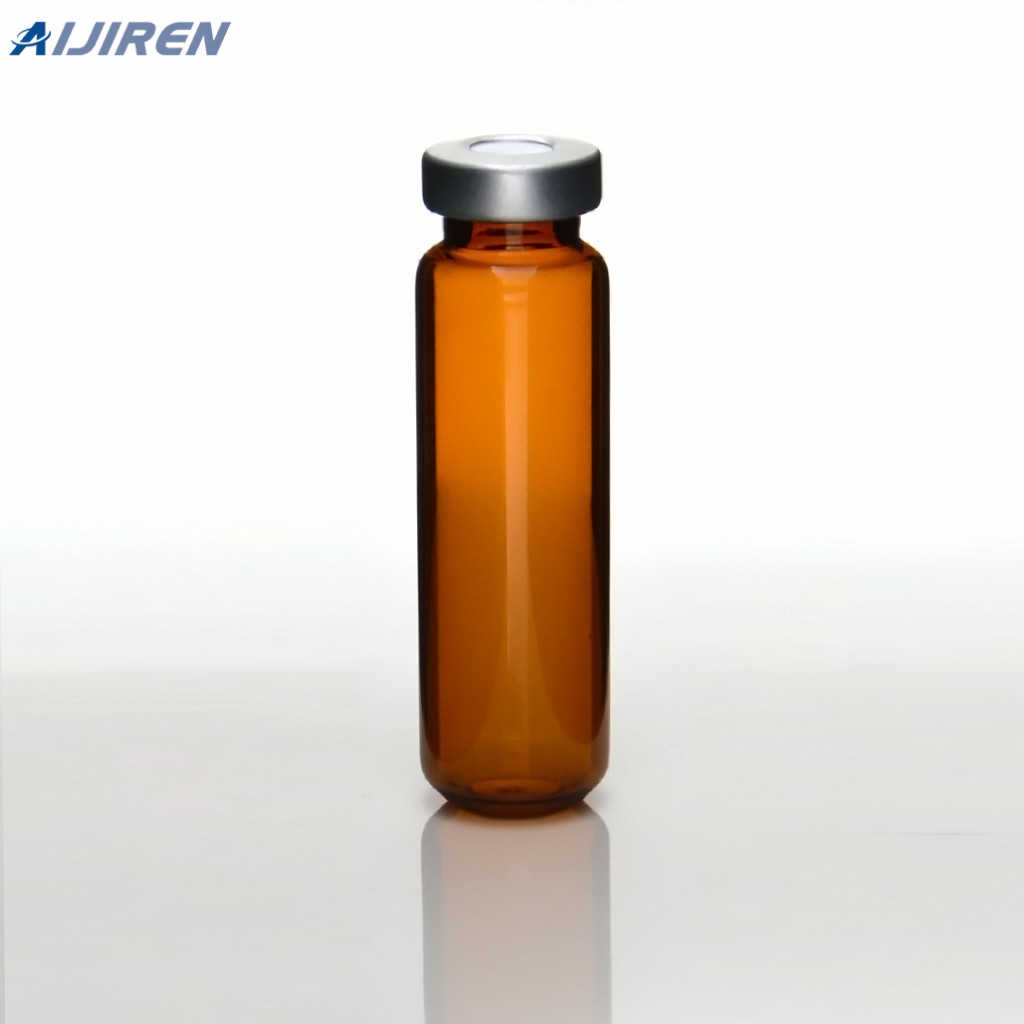
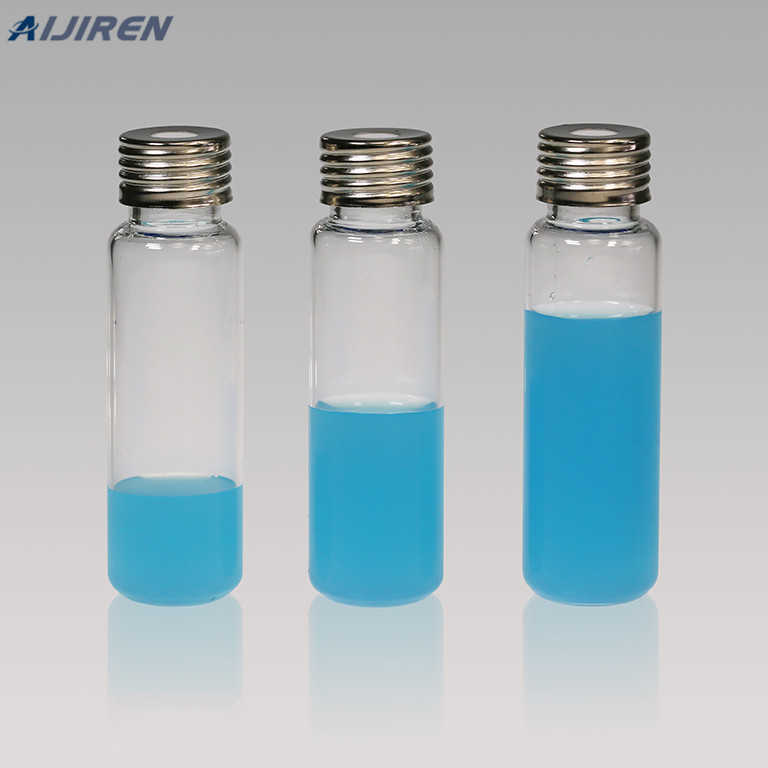
网页2022/08/19 · Choosing between a 0.22 and 0.45 filter comes down to the retention rate or particle retention that is needed for your application. A 0.22 filter is well suited for sterilization purposes. A 0.45 filter is well suited for recovering bacteria and microorganisms from samples. Finding the correct filter pore size for you and your team’s